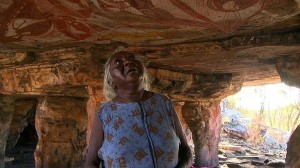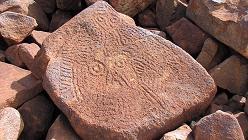This is a cross-post by Paul Canning
Margaret Katherine at Gabarnmung
After once more regretting going BTL (below the line) in a comments section of The Guardian I discover a fantastic demolition of Edward Said‘s ‘Orientalism’ on Jacobinism.
The lengthy, thorough post had lots which springs out. It quotes Ibn Warraq on practitioners “intellectual terrorism”. It describes Said’s hugely influential work as “an accusatory and deeply reactionary text” and describes the ill effects it has had, principally in the Arab world. Go read the whole thing.
But what most sprung out to me was this:
And while Said’s work was a convenient cudgel with which to bash the West, it was often misleading and tendentious to the point of outright fraudulence. The Orientalists Said attacks in Orientalism were not the Imperialist stooges of his imagination. They were learned classicists and multi-lingual philologists motivated by a desire to know about and to understand cultures, traditions and peoples unlike their own. Their voluminous research and the translations of Arab texts they undertook have proven invaluable, not only to Western scholars but also – in spite of Said’s claims to the contrary – to Middle Eastern scholars, who were grateful for the preservation of their own neglected pre-Islamic history.
I immediately thought of the scholars who documented Australian Aboriginal culture in C19th and early C20th. Who did this work at a time when the worst horrors were being inflicted on Aboriginal people.
Their records are now used by Aboriginal communities all over Australia to reconstruct or fill in the blanks about their ancient culture. They have been crucial to native title claims over land.
It also made me think of the four part series just finished on Australian TV, First Footprints, about how Aboriginal people transformed the environment. The series is a collaboration demonstrating this alive and wonderful connection between scientists and Aborigines.
Doug Anderson, the veteran TV critic now writing for Guardian Australia, describes one of the series’ highlights, from a site which is at least 15,000 years older than Stonehenge:
The sight of Jawoyn elder, Margaret Katherine, learning factual details at an amazing rock art gallery near Kakadu from anthropologists and archeological experts is profoundly moving. You can feel her joy as she realises the stories she is custodian of not only have authenticity but are verified by tangible evidence thousands of years old. Her gratitude is as palpable as her dignity.
Indeed. Throughout the series we see a real exchange. In one highlight trackers from the central desert explain to scientists what is going on in ancient footprints found at Willandra Lakes. In another at the ‘world’s largest gallery’ in the Kimberley, Western Australian, a scientist gives the date of rock art depicting a human face to an awestruck young Aboriginal local.
- The whole of First Footprints is on YouTube, part one here. (Timelapse photography short after the jump.)
Another of the things I learned from the series was that there are probably more trees now in Australia than at first contact because Aboriginal people systematically burnt to create grassland and open woodland. This so impressed the first white settlers and it is now thought that the pictures painted of pastoral scenes once thought misleadingly reminiscent of Britain are accurate.




